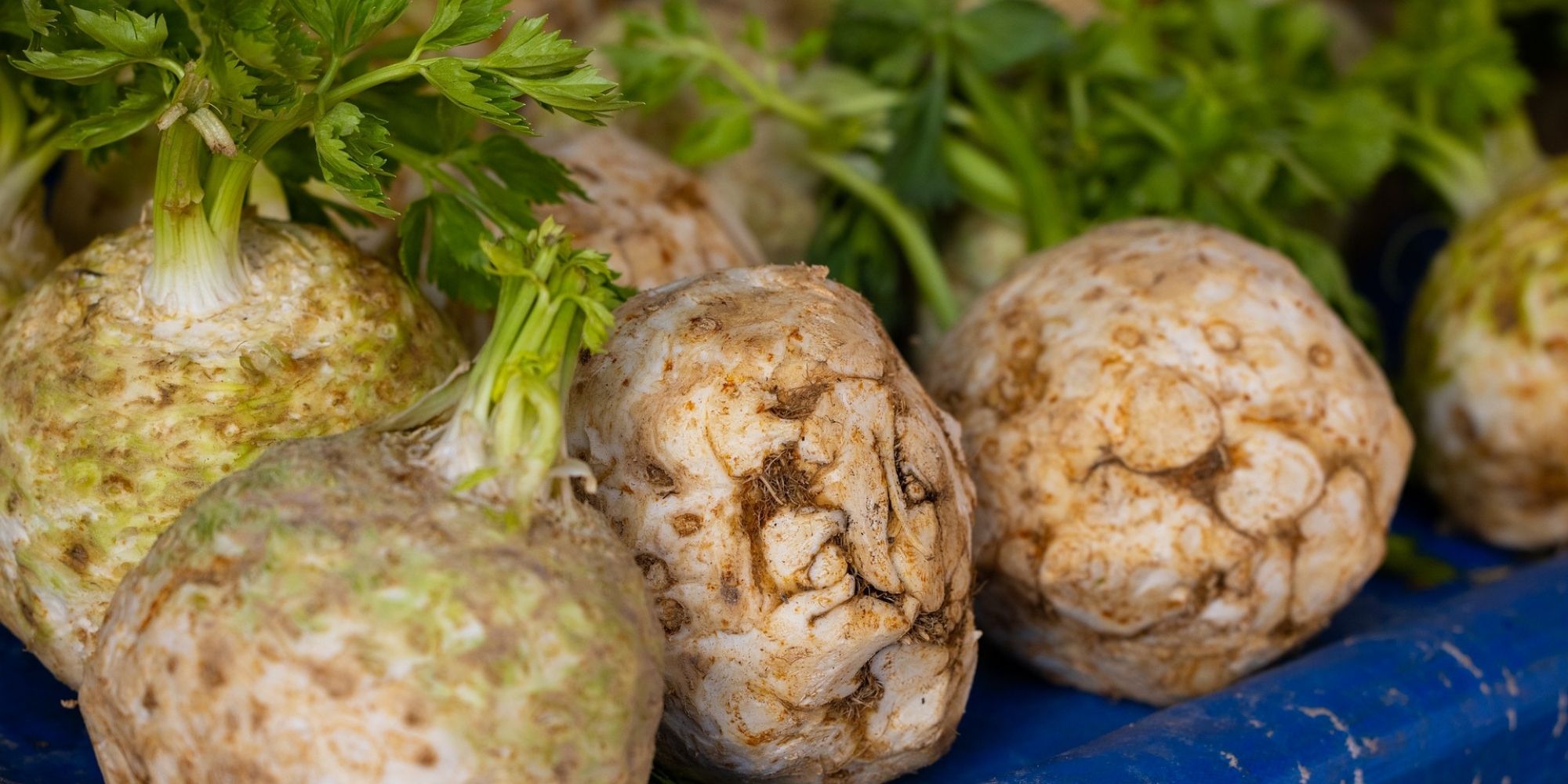Olivier Poels 5:40 p.m., December 01, 2021
This delicious bistro specialty is easy to make. It requires raw celery and a remoulade sauce whose origins date back to the 17th century. At the time, it was not prepared as it is today since it is a vinaigrette that contains anchovies, capers and herbs (sometimes lemon). Its texture is fluid and it is not emulsified. Vincent de la Chapelle, in 1735, gave a new version. With the addition of cold soup and mustard, it becomes a tied sauce. It is still not a stable emulsion.
New revolution in 1806 with André Viard (the imperial cook!) Who replaced the velouté with an egg yolk! It's a fantastic time saver. It also removes anchovies and capers. According to Pierre Leclerc, a remarkable Belgian academic and gastronomic historian, it is the remoulade which then gave rise to the mayonnaise… and not the other way around! It is a remoulade that does not contain mustard.
The first mayonnaise recipes are also made from soup and even jelly, before the egg yolk replaces them.
Antonin Carême, who gave the recipe in 1815, was inspired by Viard's remoulades.
Escoffier who gave the recipe at the end of the 19th century is categorical: no mustard in the mayo!
This idea of using egg yolk to emulsify the sauce is borrowed from medieval pharmacy.
Ointments were made from egg yolk and oil.
The remoulade sauce recipe:
Ingredients:
- 1 egg yolk
- 1 tsp.
to s.
mustard
- 2 tbsp.
to c.
of sherry vinegar
-
Grapeseed
oil
- 2 tbsp.
to s.
chopped shallot
- 2 tbsp.
to s.
chopped pickles
- 2 tbsp.
to s.
capers
- 2 tbsp.
to s.
heavy cream
- Parsley and chives
- Salt and pepper
1. Whip the mayonnaise then add the vinegar and cream to relax it
2. Add the pickles, herbs and capers
3. Correct.

